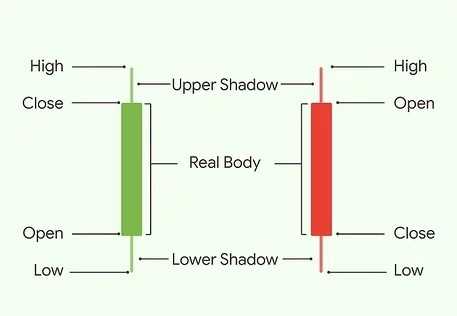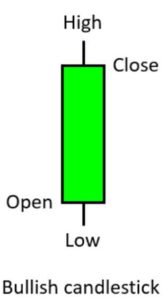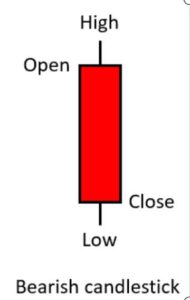
Menu

The candlesticks are Japanese in origin, as the name implies. Candlesticks were first used in the 18th century by a Japanese rice merchant named Homma Munehisa.
Despite the fact that candlesticks have been used in Japan for a long time and are possibly the oldest type of price analysis, traders in the western world were unaware of their existence. Steve Nison, a trader, is said to have accidently discovered candlesticks in the 1980s and introduced the methodology to the rest of the world.



Share this Content
© 2021 All rights reserved
Ask Your Query